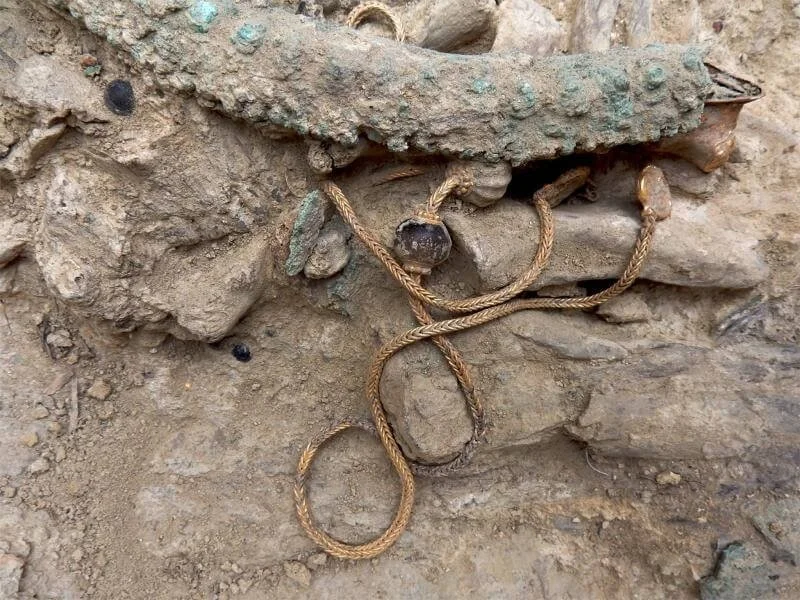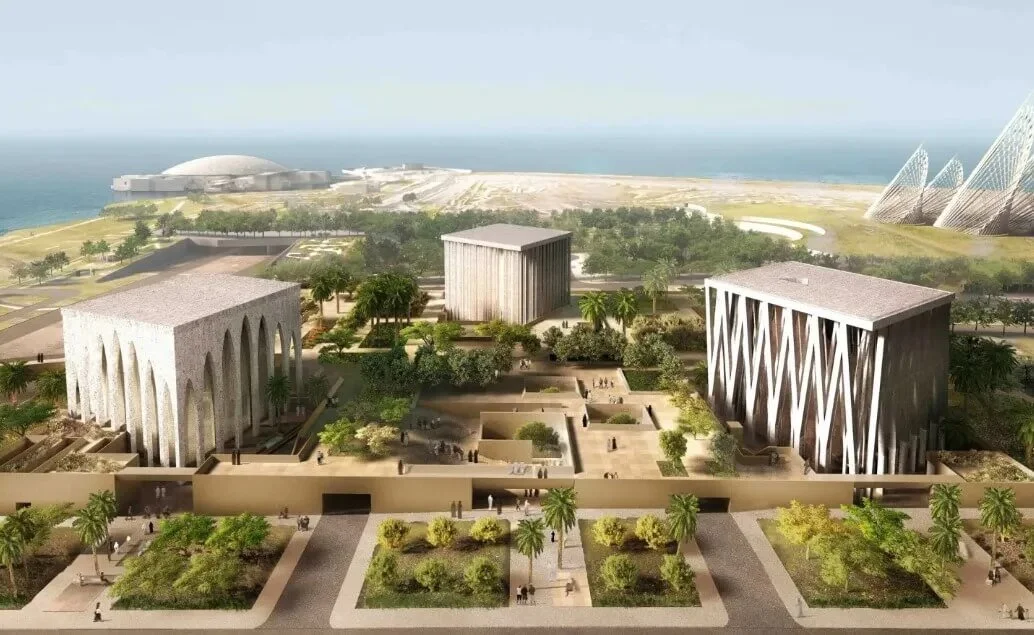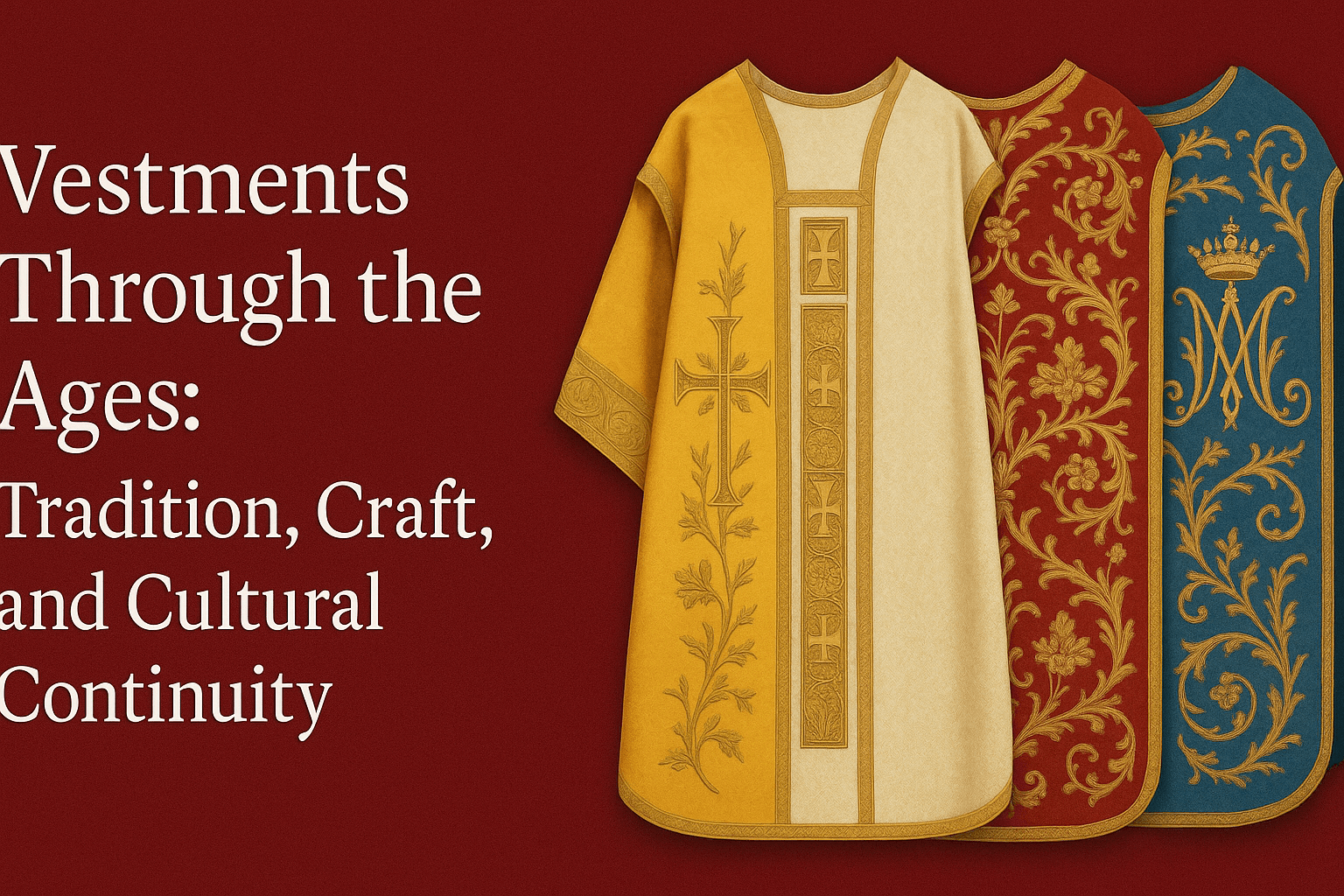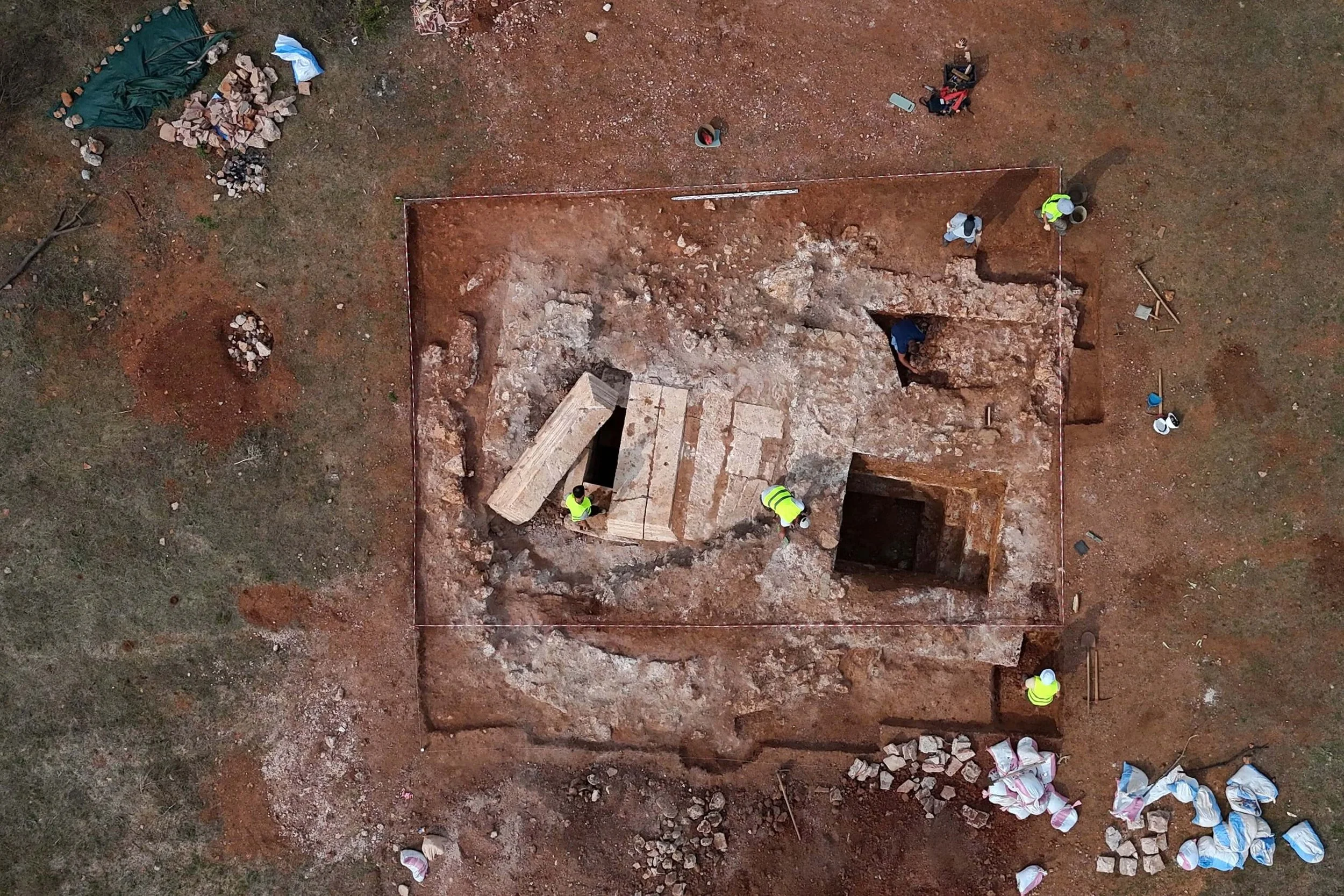The Zapotec civilization, one of Mesoamerica’s most influential cultures, thrived in present-day Oaxaca, Mexico, from approximately 500 BCE to 1521 CE. Renowned for their advanced urban centers, including the great city of Monte Albán, the Zapotecs developed a complex society with distinct social classes, a rich spiritual life, and remarkable achievements in agriculture, trade, and the arts.
Social Structure and Community Life
Zapotec society was hierarchical, with a ruling elite at the top, followed by priests, warriors, artisans, farmers, and laborers. The nobility, who resided in the ceremonial and administrative centers, controlled governance, religious practices, and military affairs. Commoners lived in smaller villages and towns, contributing to society through farming, craftsmanship, and trade.
Family life was central to Zapotec society. Extended families often lived together, supporting one another in daily tasks such as farming, weaving, and pottery-making. Gender roles were well-defined, with men engaging in agriculture, hunting, and construction, while women focused on domestic tasks, weaving, and food preparation. However, women also played vital roles in trade and religious activities.
Agriculture and Food
Agriculture was the backbone of Zapotec daily life, with maize, beans, squash, and chili peppers forming the dietary staples. Farmers employed advanced agricultural techniques, including terracing and irrigation, to cultivate crops in the challenging mountainous terrain of Oaxaca. They also grew cacao, avocados, and cotton, which were highly valued in trade.
Zapotec cuisine included tortillas, tamales, and atole, a maize-based drink. Meat sources included turkey, deer, and fish, while insects like grasshoppers were also consumed. Meals were typically prepared in clay pots over open fires, with communal dining being a significant aspect of social life.
Trade and Economy
The Zapotecs engaged in extensive trade, both within Mesoamerica and with distant civilizations. Their artisans produced exquisite pottery, textiles, and goldwork, which were highly sought after. Markets were vibrant centers of commerce where people exchanged goods such as cacao, salt, obsidian, and precious stones.
Zapotec merchants traveled long distances, facilitating cultural exchange and economic prosperity. Some evidence suggests that they interacted with the Maya and the Mixtecs, influencing and being influenced by their trading partners.
Religion and Rituals
Religion played a central role in Zapotec daily life. They worshipped numerous deities, with Cocijo, the rain god, being one of the most significant. Religious ceremonies, often held at Monte Albán, included offerings, feasts, and bloodletting rituals to honor the gods and seek their favor.
Priests held great power and performed complex ceremonies, including divination and astronomy-based rituals. The Zapotecs believed in an afterlife, and elite individuals were buried in elaborate tombs with offerings, masks, and pottery to accompany them on their journey.
Art and Architecture
Zapotec art and architecture reflected their sophisticated culture. Monte Albán, their capital, featured grand plazas, temples, ball courts, and intricate carvings depicting gods, warriors, and daily life. They developed a unique writing system, one of the earliest in Mesoamerica, using glyphs to record important events.
Artisans crafted beautiful ceramics, often decorated with intricate designs, as well as finely woven textiles made from cotton. Zapotec jewelry, particularly gold ornaments, was highly prized and reflected social status.
Clothing and Appearance
Clothing varied by social class. The elite wore elaborately embroidered tunics, headdresses, and jewelry, while commoners dressed in simpler garments made from cotton and agave fibers. Women typically wore long skirts and huipils (embroidered blouses), while men donned loincloths and cloaks. Body painting and tattoos were common, often representing religious symbols or achievements.
Entertainment and Recreation
The Zapotecs enjoyed various forms of entertainment, including the Mesoamerican ballgame, which held religious and social significance. Played on stone courts, the game involved using a rubber ball, with players attempting to pass it through stone hoops without using their hands.
Music and dance were integral to celebrations and religious ceremonies. Instruments such as drums, flutes, and rattles accompanied performances, and dances often depicted mythological stories and historical events.
Conclusion
Daily life in the Zapotec civilization was deeply intertwined with agriculture, trade, religion, and artistry. Their advanced societal structure, technological innovations, and cultural achievements left a lasting impact on Mesoamerican history. Today, their descendants continue to preserve many of their traditions, ensuring that the rich legacy of the Zapotec civilization endures.


























